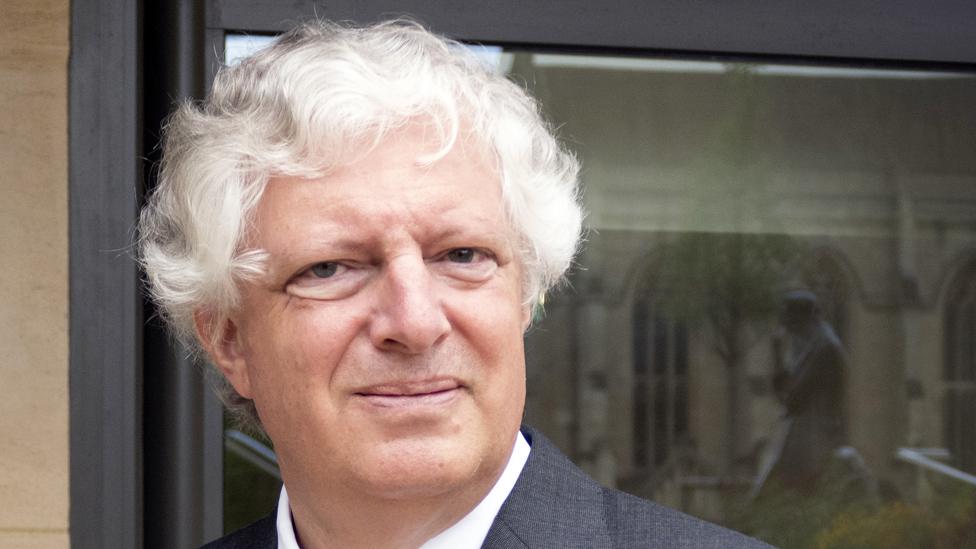'Before we knew it this little website had 350,000 users'
- Published
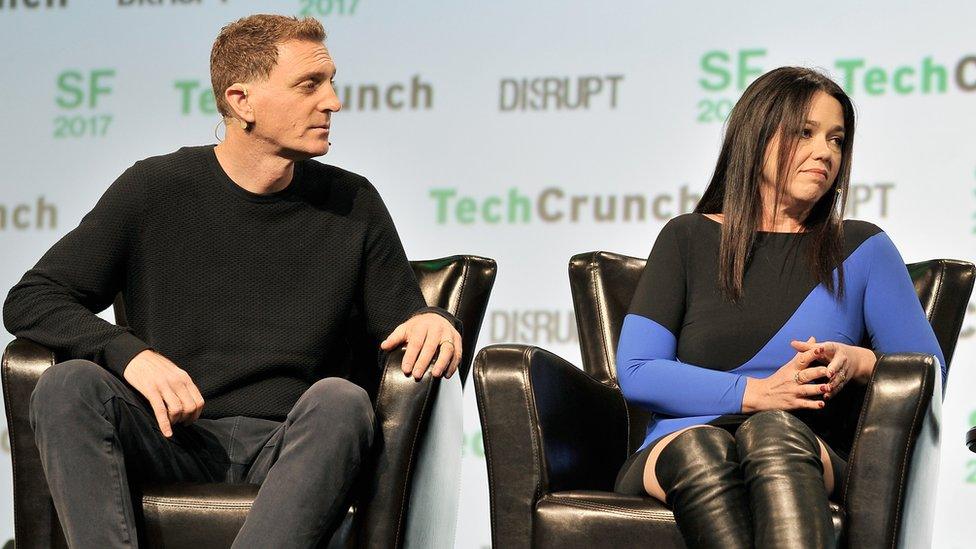
Houzz founders Alon Cohen and Adi Tatarko
The BBC's weekly The Boss series profiles different business leaders from around the world. This week we speak to Adi Tatarko, co-founder and chief executive of US home improvement website Houzz.
When Adi Tatarko and her husband decided to renovate their California home in 2009, they found it wasn't as easy as they thought it would be.
"We were really excited about decorating and we had ideas, but the process became unbearable," Ms Tatarko says. "Seeking out architects and designers who had the same vision as us was so time consuming."
The pair turned to the internet for help but found a dearth of websites offering support and inspiration - and so the idea for Houzz was born.
The community-based platform features articles and photos posted by architects and interior designers, as well as product recommendations. It also connects users with industry professionals who can help them with their projects.
Today Houzz has 40 million monthly users and is reported to be valued at $4bn - but when it launched a decade ago, the founders had much more modest goals.
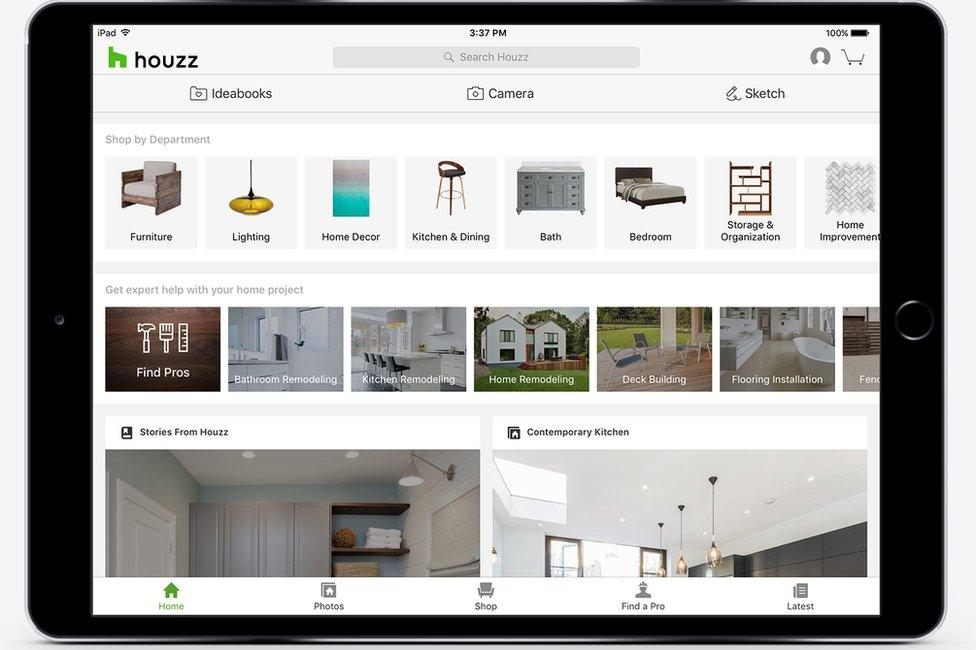
Houzz users can find inspiration, buy products and hire experts.
"We really wanted to keep it small, as we didn't want to lose the community feeling of it. We never thought we'd expand beyond California," says Ms Tatarko, 46.
To begin with, Ms Tatarko and her husband Alon Cohen, 48, ran the website as a side project while working full time; she at an investment firm, he as a senior director of engineering at eBay.
The pair had just 20 users on the site, who were all parents from their children's schools, along with a group of designers and architects from the San Francisco Bay area who were offering their services.
Very quickly the community grew, as the professionals began to recommend Houzz to their clients.
"After about six months we got requests from New York and Chicago, asking if we could open a section for them on the website," Ms Tatarko says.
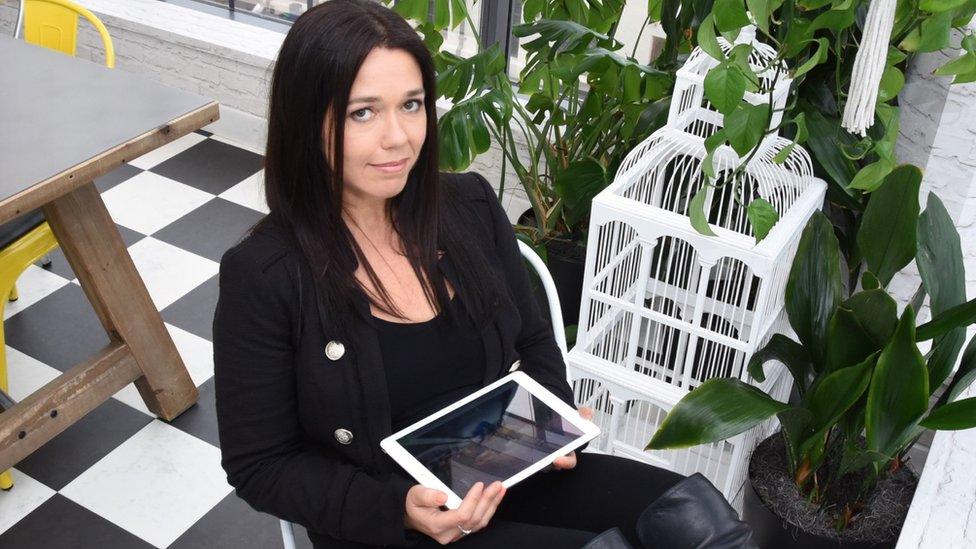
Ms Tatarko had been working at an investment firm when she set up Houzz
"Before we knew it this little community website had 350,000 users."
In 2010 the pair managed to secure their first investment of $2m from Oren Zeev, a Silicon Valley venture capitalist. They then left their jobs to work on the project full time, and used the money to hire their first staff.
Ms Tatarko says one of the biggest challenges was finding the right staff, or "Houzzers" as the firm likes to call them.
"For a long time we both interviewed every candidate, in fact 50% of our time was spent looking for them. We knew that getting the right people with the same vision as us was key."
Houzz, which is free for homeowners and professionals to use, makes its money by taking a 15% commission on products sold through its marketplace. It also hosts advertising and sells premium listings for industry professionals.

More The Boss, external features:

Charles Bettes, boss of UK architecture firm Gpad London, think it has been a success because it helps users find "tailored inspiration" for their home improvement projects.
"Historically, interiors magazines, TV shows and other people's houses' were the main sources of inspiration for people when considering home renovations.
"Today, there's far more inspiration available online. However, this wealth of imagery can be overwhelming. But platforms such as Houzz provide a curated showcase of some of the best refurbishment projects."
In 2013, Ms Tatarko and Mr Cohen decided to expand overseas after realising that almost a third of Houzz's users were based outside the US.
It launched first in Europe, then in Asia, and today says about half of all new users are international. Reflecting this it has opened six international offices, in places such as London, Berlin and Sydney.

Users share images of their interior design projects
Such growth has helped it to raise more than $600m from investors to date, but the firm is reportedly yet to make a profit.
In January it announced it was cutting about 10% of its 2,000 strong workforce, making 110 people in the UK and Germany redundant, and a further 70 in the US.
At the time, reports suggested it had expanded too quickly and questioned whether it had the right strategy.
"We restructured our international marketplace workforce... so that we can double down on the areas that will have the greatest impact for Houzz," a spokesperson told TechCrunch at the time.
"It's always difficult to go through a restructure at growth stages, given the impact on people's lives."

Actor Ashton Kutcher has invested in Houzz
Despite the setback, the firm says its business remains strong, and there have been rumours it plans to list its shares on the stock market.
It has continued to update its service, too, having launching an augmented reality tool in its app that lets you to see, in real time, what furniture and designs will look like in your home.
Houzz TV, which shows online videos of celebrity home improvement projects, has also been a hit. The concept was devised by actor Ashton Kutcher, an investor in Houzz, who appeared in the first episode.
"Ashton was really keen on not just investing in the brand but also being as involved as possible," Ms Tatarko says.
"We did the pilot and it worked really well, so decided to launch it as a show and have had celebrities such as Gordon Ramsey and Olivia Munn take part."
Some 2.1 million professionals now sell their services through Houzz, and Ms Tatarko says the site is helping small businesses to grow.
She speaks of one UK designer who, after being contacted through Houzz, got a job renovating an Australian client's holiday home in the south of France.
"It gives small businesses a platform to showcase, not just to their local community, but to the world, what they can really do."
- Published27 May 2019
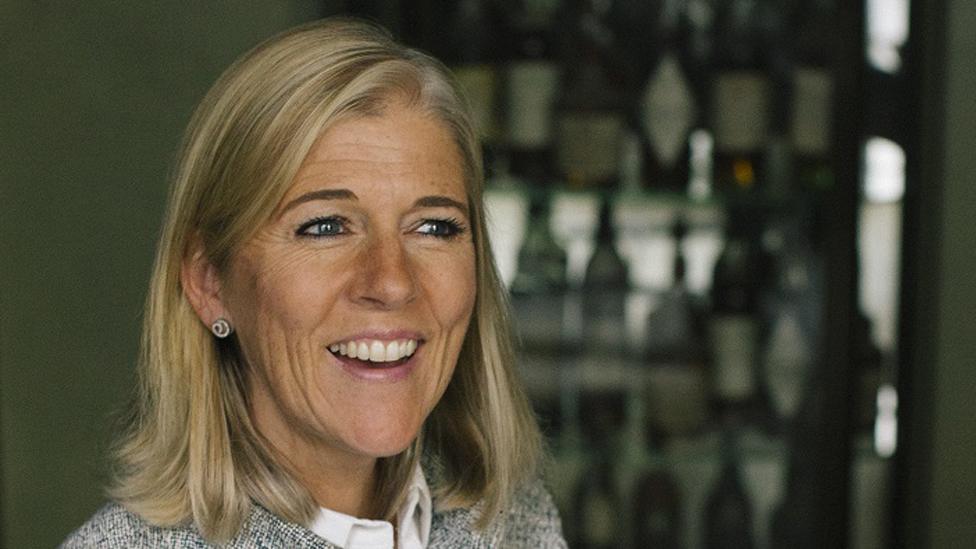
- Published20 May 2019
